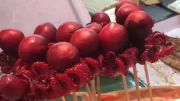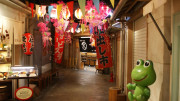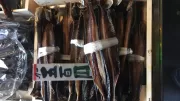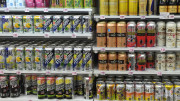Like many cultures across Asia, Japan predominantly uses chopsticks as eating utensils. Chopsticks are used for most meals, except for soups, curries or Western-style dishes, which may require spoons or forks.
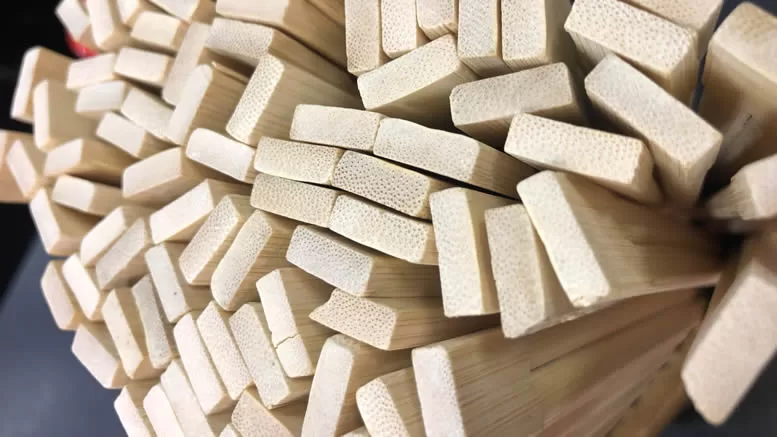
Japanese chopsticks are typically shorter and more pointed than Chinese chopsticks or those used in other countries. They come in various materials, including lacquered wood, plastic, and metal. However, the most commonly used chopsticks in Japan are disposable wooden or bamboo ones, known as waribashi. These are often packaged in a small paper sleeve, with the two sticks still joined at the non-pointed end. Before use, they must be snapped apart. The sleeve helps maintain hygiene before use, and many people place their used chopsticks back into it as a gesture of good manners. During meals, the paper sleeve can also be folded into a small chopstick rest, keeping the eating ends off the tablecloth.
Japan consumes an estimated 24 billion pairs of disposable chopsticks annually, making it a massive industry but also raising environmental concerns.
For those unfamiliar with chopsticks, they can be tricky at first, but practice makes perfect. Hold them in the back third between your thumb and fingers, using a pinching motion to bring the tips together. There is no strict rule on which hand to use—just go with whatever feels comfortable.
Chopstick Etiquette & Superstitions
Japan has many customs, superstitions, and etiquette rules regarding chopstick use. To avoid offending anyone, keep these key points in mind:
- Never pass food directly from one pair of chopsticks to another. This mimics a funeral ritual where cremated bones are transferred between chopsticks. Instead, place food on a plate or bowl and let the other person pick it up.
- Avoid sticking chopsticks upright in a bowl of rice. This resembles the incense sticks burned at funerals and is considered highly inauspicious.
- Do not cross your chopsticks on the table. A crossed pair of chopsticks symbolizes death.
- Do not dig through your food with chopsticks. This resembles digging a grave.
- Spearing food with chopsticks is bad manners. Even if you struggle to pick up a piece, resist the urge to stab it.
- Do not use chopsticks to move non-food items. Plates, bowls, and tableware should not be moved with chopsticks.
- Avoid pointing with chopsticks. Using them to gesture is considered extremely rude.
- You may separate large pieces of food with a scissor-like motion. If a piece is too big, it is acceptable to gently break it apart using both chopsticks.
Chopsticks for Different Users
In Japan, smaller reusable chopsticks are often used by women, while children’s chopsticks come in even smaller sizes. Many kids’ chopsticks feature bright colours, patterns, and popular cartoon characters. Japanese schoolchildren often have specially themed reusable chopsticks that match their bento lunch boxes.

